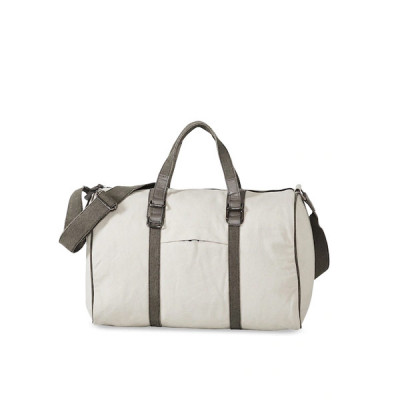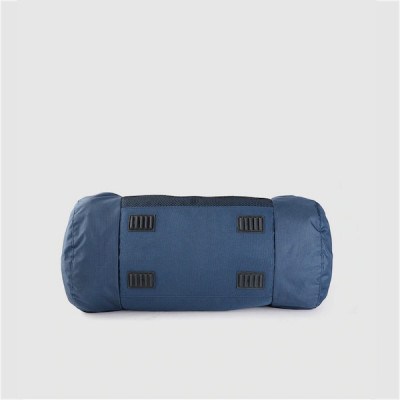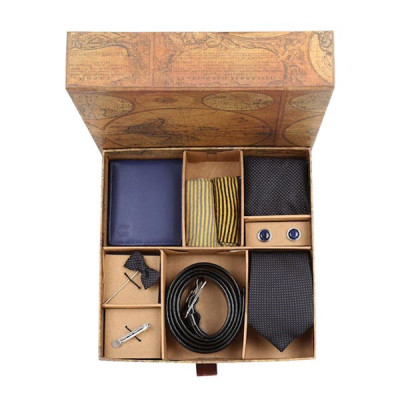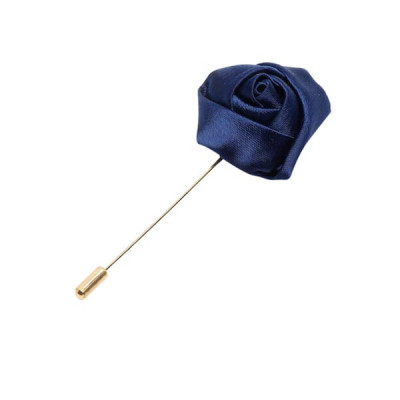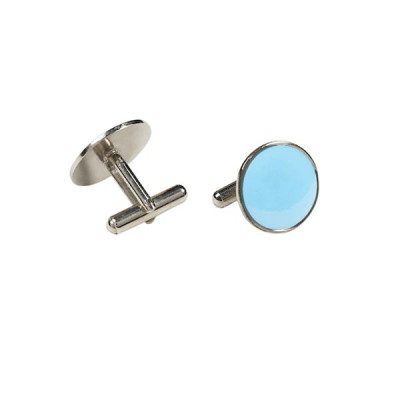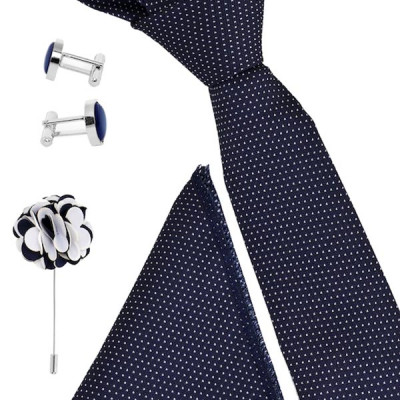Fashion History
Timeless Touch: Accessorizing Through the Ages
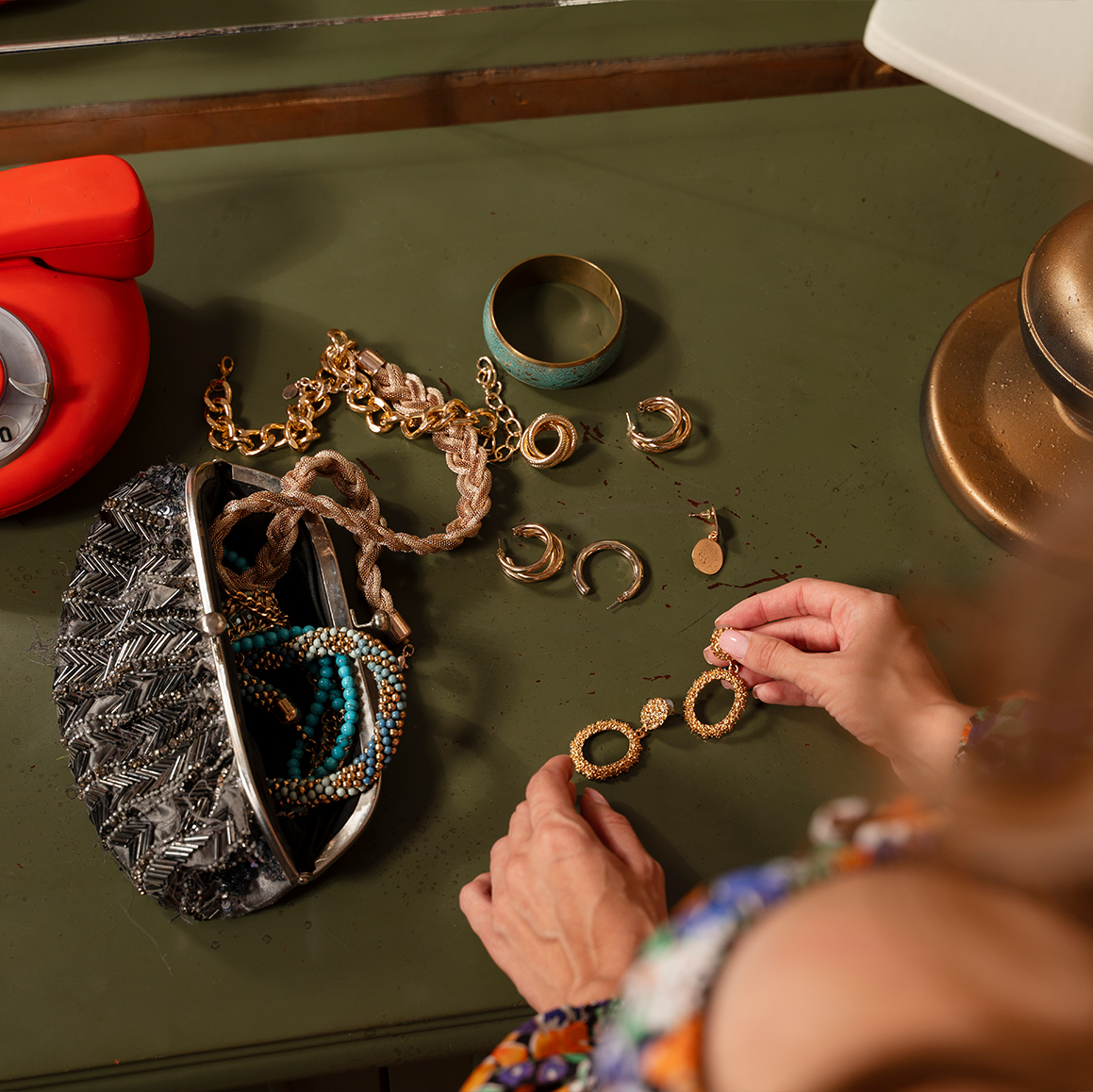
Fashion changes with the times, but accessories have always been the finishing touch that defines style. For both men and women, accessories tell a story of culture, identity, and evolution. From ancient civilizations to modern runways, the journey of accessorizing has been as dynamic as the people who wear them.
Ancient Beginnings
In early civilizations, accessories were more than style—they symbolized power, status, and spirituality. Men wore leather straps, metal cuffs, and ornate rings to display strength and rank. Women adorned themselves with beads, shells, and gold ornaments that represented beauty and fertility. Every bracelet or necklace was a marker of belonging, often tied deeply to rituals and traditions.
The Regal Middle Ages
As kingdoms flourished, accessories became symbols of wealth and heritage. Men wore brooches, jeweled sword belts, and signet rings that denoted nobility. Women embraced crowns, headpieces, and gemstone jewelry that displayed social class. Fabrics like velvet and silk were paired with metallic embellishments, turning accessories into declarations of prestige. This was the era where accessories were less about fashion and more about lineage.
Renaissance Elegance
The Renaissance marked a period of artistry, and accessories reflected creativity. Men began experimenting with feathered hats, ornate chains, and embroidered gloves, while women layered pearls, intricate chokers, and jeweled hair combs. Every piece showcased not only wealth but also taste, as accessories became an extension of personal refinement and sophistication.
The Industrial Shift
With the 18th and 19th centuries came practicality infused with elegance. Men gravitated toward pocket watches, cravats, and polished walking canes—symbols of discipline and progress. Women embraced bonnets, parasols, and delicate lace gloves that reflected femininity and decorum. Accessories evolved into markers of etiquette, dictating what was appropriate for different occasions and social settings.
The Roaring Twenties
Accessories took on a daring edge during the 1920s. Men embraced bow ties, cufflinks, and fedoras as essential style statements. Women stepped into glamor with long pearl strands, feather boas, cloche hats, and embellished handbags. This era celebrated freedom and individuality, with accessories reflecting rebellion against traditional norms.
Modern Times
Today, accessorizing is about versatility and identity. Men express style through luxury watches, leather belts, sunglasses, and sneakers that blur the line between formal and casual. Women embrace everything from minimalistic jewelry to oversized handbags, statement sunglasses, and layered accessories that adapt to mood and occasion. Unlike earlier times, today’s accessories aren’t bound by class or tradition—they’re open canvases for personal expression.
The Eternal Role of Accessories
Across centuries, one truth has remained: accessories are never just additions. They carry meaning, heritage, and individuality. For men, they have moved from symbols of power to reflections of personality. For women, they have transitioned from markers of status to tools of self-expression.
From ancient beads to contemporary watches, accessorizing has been humanity’s way of leaving a stylish imprint on history. Trends may fade, but the art of accessorizing continues to thrive—timeless, personal, and ever-evolving.

